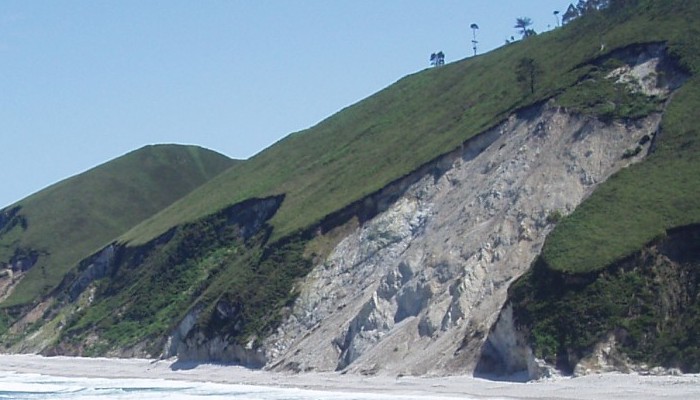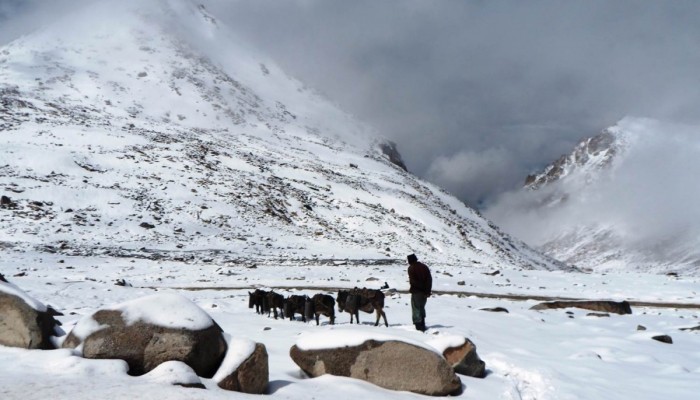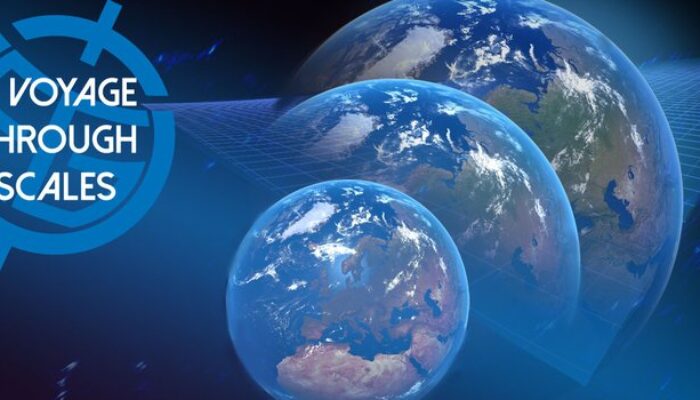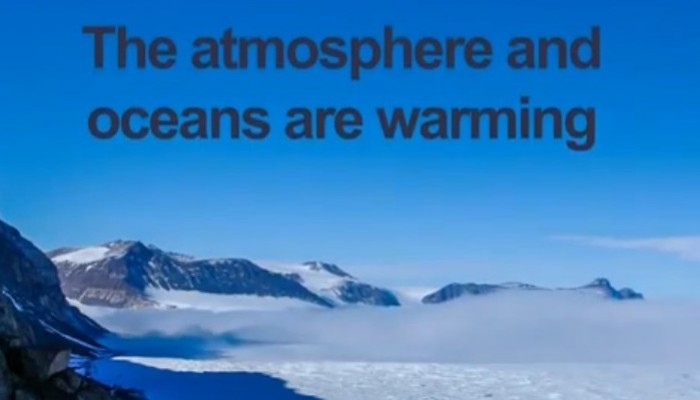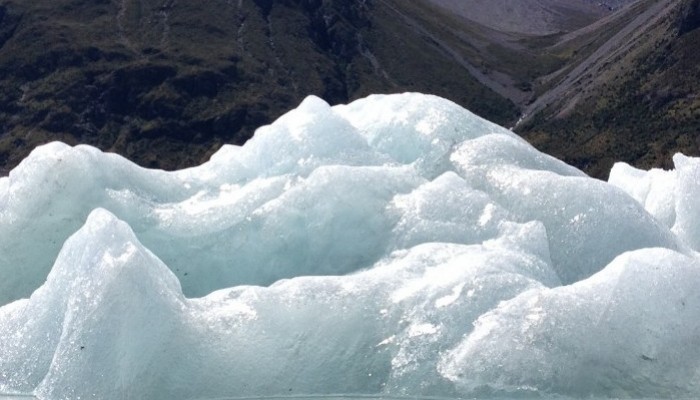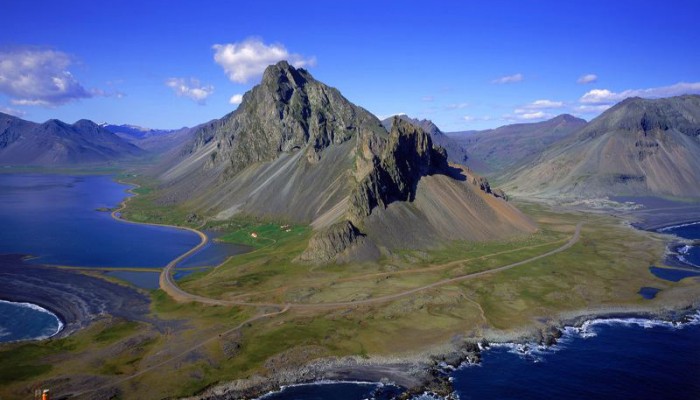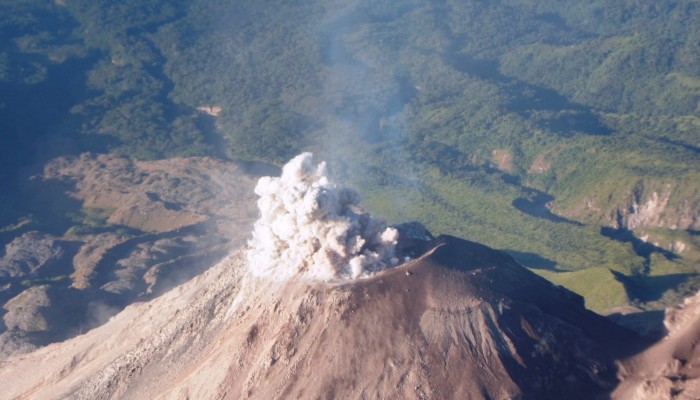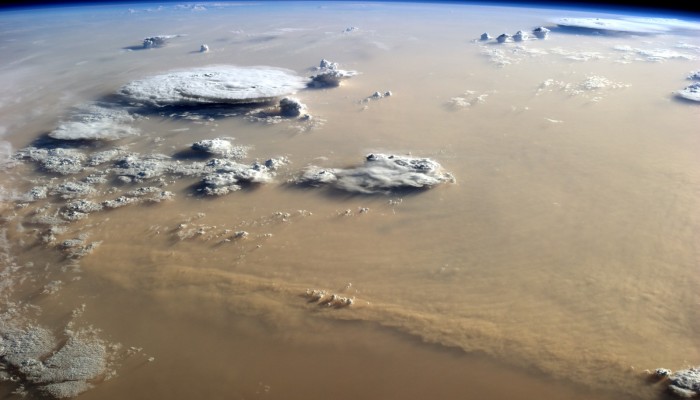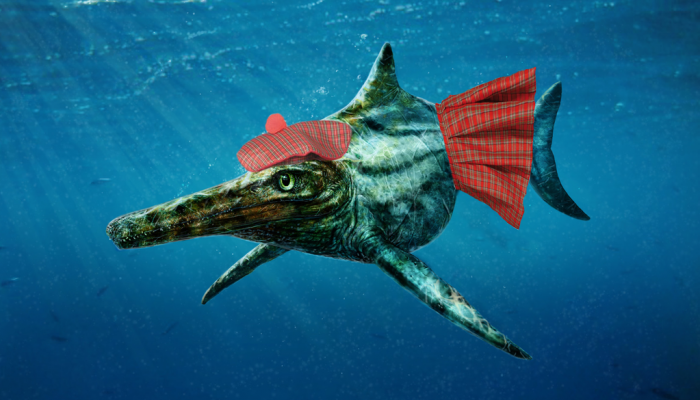Shimmering blue seas, rocky outcrops and lush green hills sides; this idyllic landscape is punctuated by a stark reminder that geohazards are all around us. Irene Pérez Cáceres, a PhD student at the University of Granada (Spain) explains the geomorphology behind this small scale landslide on the Asturian coastline. This picture was taken in May 2011 in the coast of Llanes (Asturias, Spain). I was ...[Read More]
Geology for Global Development
EGU15 – Natural Hazards Education and Communications
Figure 1: A man herds his livestock in remote, high altitude, snowy conditions in Ladakh. This post first appeared on GeoEd Trek (AGU Blogs) on December 22nd 2014. It has been slightly modified below, given the deadline for EGU Abstracts has now passed, to include the latest information available about this session. Ladakh is a remote and beautiful Himalayan region in the north of India (Figure ...[Read More]
GeoLog
A first-timer’s guide to the 2015 General Assembly
Will this be your first time at an EGU General Assembly? With 12,000 participants in a massive venue, the conference can be a confusing and, at times, overwhelming place. To help you find your way, we have compiled an introductory handbook filled with history, presentation pointers, travel tips and a few facts about Vienna and its surroundings. Download your copy of the EGU General Assembly guide ...[Read More]
GeoLog
Communicate Your Science Video Competition at EGU 2015!
Want to communicate your research to a wider audience and try your hand at video production? Now’s your chance! Young scientists pre-registered for the EGU General Assembly are invited to take part in the EGU’s Communicate Your Science Video Competition! The aim is to produce a video up-to-three-minutes long to share your research with the general public. The winning entry will receive a free regi ...[Read More]
GeoLog
Imaggeo on Mondays: A solitary floating island
With 2014 officially named the hottest year on record, there is evidence of the effects of rising global temperatures across the globe. The solitary, shimmering iceberg in today’s Imaggeo on Mondays photograph is a reminder that one of the best places to look for evidence of change is in glaciers. Daniela Domeisen tells the story of this lonely frozen block of ancient ice. The picture shows an ice ...[Read More]
GeoLog
Geosciences Column: Do roads mean landslides are more likely?
Landslides have been in the news frequently over the past 12 months or so. It’s not surprising considering their devastating consequences and potential impact on nearby communities. Data collected by Dave Petley in his Landslide Blog shows that from January to July 2014 alone, there were 222 landslides that caused loss of life, resulting in 1466 deaths. A recent paper, in the journal Natural Hazar ...[Read More]
Geology for Global Development
How ‘Natural’ is a ‘Natural Disaster’?
‘Natural disasters’ is a phrase widely used by the geoscience community but how accurate is it? Given the human and societal factors that create a disaster, it has been highlighted that there is no such thing as a natural disaster. Is this simply a convenient phrase that recognises the contribution of natural processes (e.g., earthquakes), are we being sloppy with our language, or are ...[Read More]
GeoLog
Registration for the EGU 2015 General Assembly is open!
The EGU General Assembly brings together geoscientists from all over the world to one meeting that covers all disciplines of the Earth, planetary and space sciences. Following from last year’s success, the EGU General Assembly will have a theme: A Voyage Through Scales. The theme is an invitation to contemplate Earth’s extraordinary variability extending from milliseconds to its age and from micro ...[Read More]
Polluting the Internet
Around the world
The short lifetime of aerosol particles in the atmosphere means that they tend to be found concentrated in regions close to where they were formed. As they only last for days to weeks in the atmosphere, they don’t travel too far as the Earth’s winds aren’t able to fully mix the air over such a short period. This short lifetime should also mean that any changes in the emissions of ...[Read More]
Green Tea and Velociraptors
New ‘fish lizard’ used to prowl the Scottish seas
A cool new ichthyosaur – a type of marine reptile – has just been named in the Scottish Journal of Geology. I’ve written about it here, with some great comments from the lead author (Steve Brusatte). Most reports on the new beastie just focus on the finding, but we’ve gone for a different angle by delving into what it means for the evolution of ichthyosaurs during the Juras ...[Read More]

